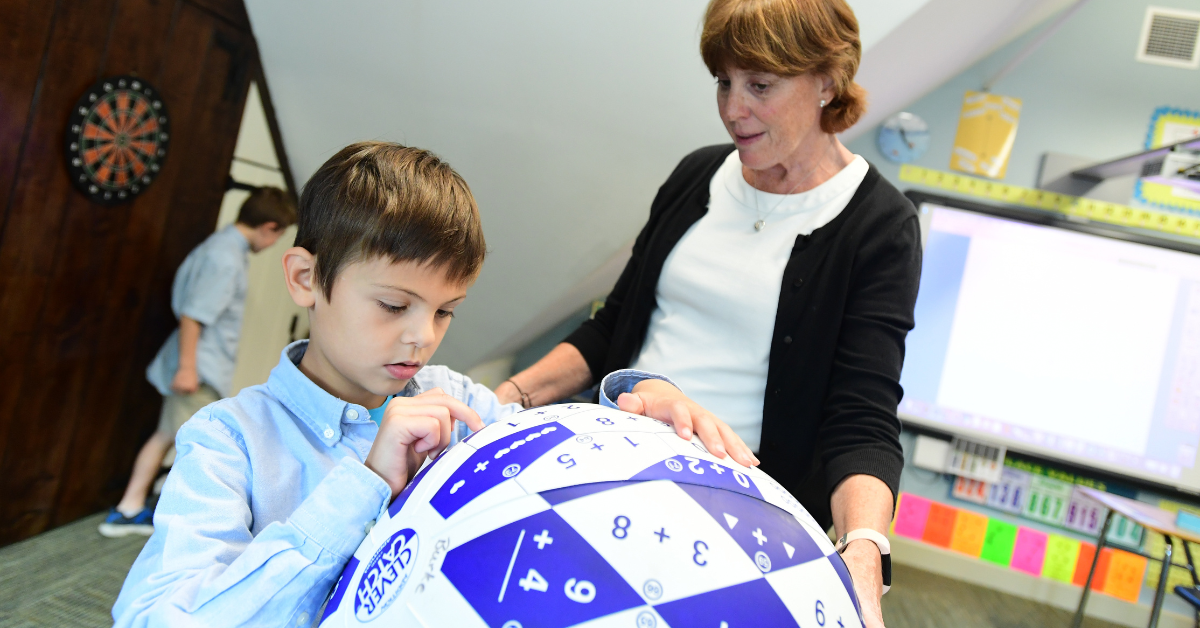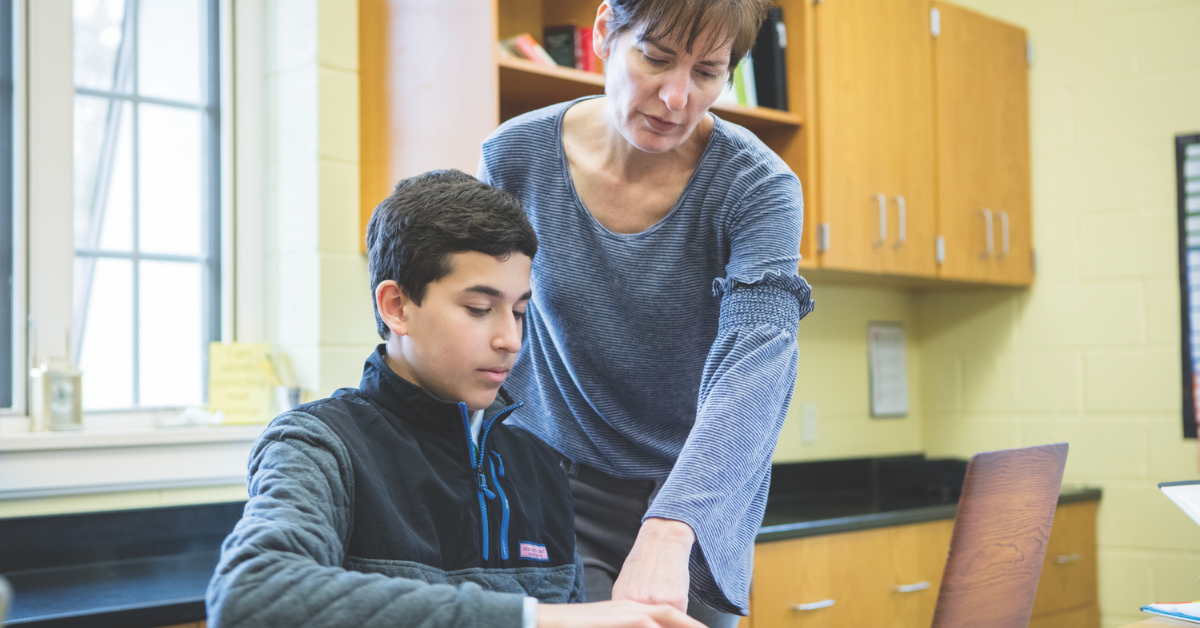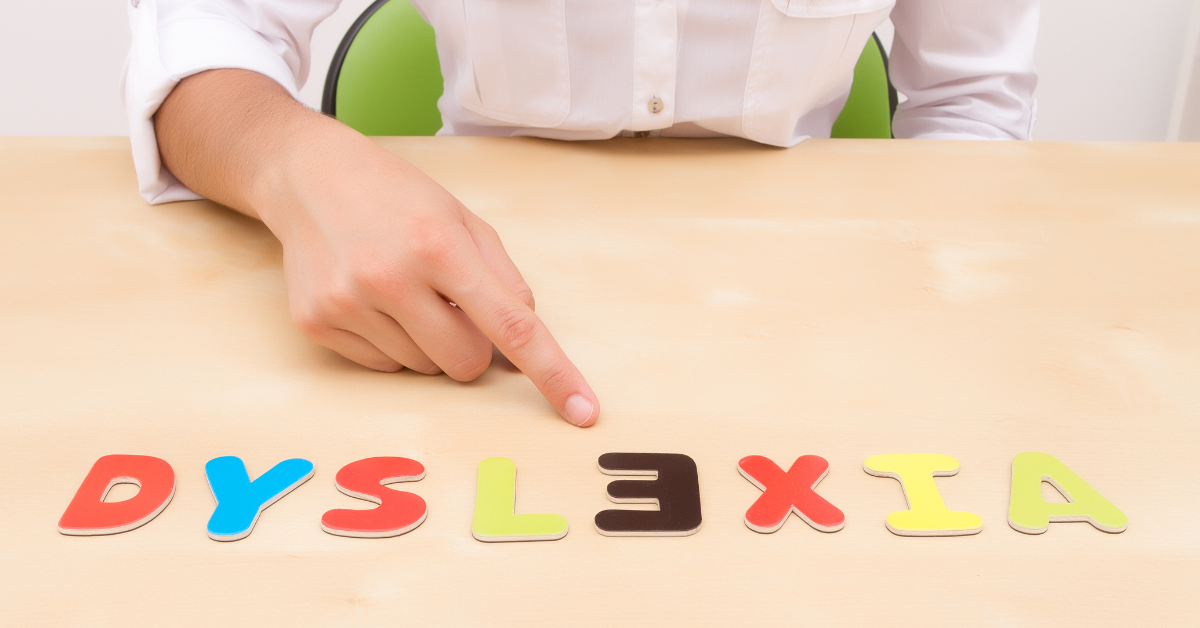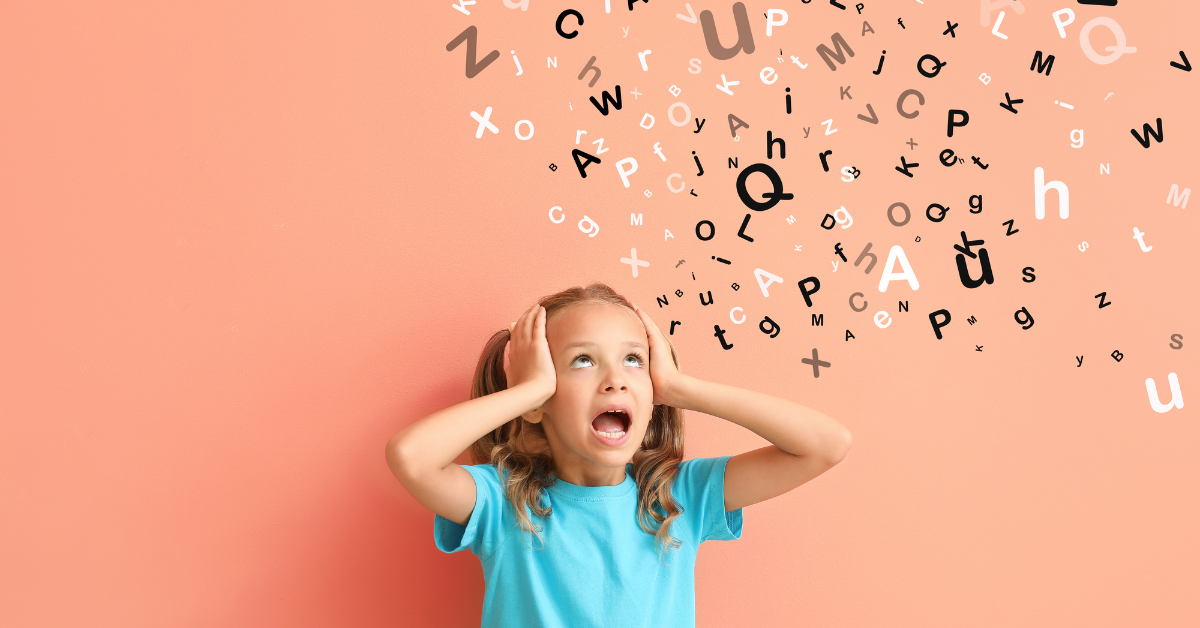Homework Strategies for Students with Dyscalculia
Your child holds their head in their hands, frustrated and exasperated. The math problem on the...

Your child holds their head in their hands, frustrated and exasperated. The math problem on the...

Between 5-12% of children struggle with dyslexia. It’s not the most commonly diagnosed learning...

Dyslexia is statistically the most common learning difference in the world, with one in every five...

Motivational words coming from someone who is supposed to love you, like a parent, can be harder to...

Dyslexia is a learning difference that impacts a child’s reading fluency, causing difficulty with...
45 Glenville Rd, Greenwich, CT 06831
(203) 622-9240